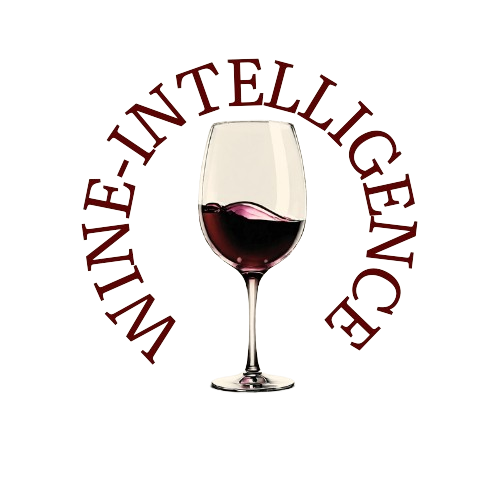Despite not being at its historical peak, wine consumption remains a defining aspect of Italian culture.
It symbolizes centuries of tradition, the diversity of Italy's territories, and a blend of innovation and modernity. Yet, the way Italians engage with their national drink has evolved, shaped by changing lifestyles, economic realities, and health-conscious trends.
A Snapshot of 2023
According to ISTAT data analyzed by WineNews, wine consumption in Italy held steady in 2023, with 29.4 million consumers—a number equivalent to 50% of the population. While this shows a significant connection to wine, it also highlights shifts in consumption habits. Only 3.6% of consumers drink more than half a liter daily, while 25.3% enjoy one or two glasses daily. The majority, 57.8%, indulge less frequently, reflecting a shift towards more sporadic and mindful drinking.
Interestingly, this trend contrasts with beer consumption, which has an audience of 27.2 million but a smaller daily consumer base of 9.5%. This comparison underscores wine's entrenched role in Italian life despite the evolving dynamics of its consumption.
Regional Disparities and Preferences
Wine consumption in Italy varies widely by region. The North, particularly the North-West, leads with 14.4 million consumers, nearly half of the national total. Lombardy stands out as the region with the most wine enthusiasts—over 5 million people, or 17% of the total. Central Italy accounts for 6.1 million consumers, while the South follows with 8.9 million, slightly surpassing Central Italy. Notable wine-producing regions like Piedmont and Tuscany contribute significantly but are outpaced by more populous regions like Lazio, Veneto, and Campania.
Demographic Insights: Gender and Age
Consumption habits also diverge along demographic lines. Men dominate wine consumption, with a penetration rate of 65% compared to 45% for women. However, women's engagement with wine has been growing, especially among those aged 20 to 59, where the rate reaches or exceeds 50%. For men, consumption is steady across all age groups from 25 to 74, hovering around or above 60%. This shift suggests a gradual democratization of wine, with younger women increasingly embracing the drink.
Health-Conscious and Quality-Oriented Trends
The move towards health-conscious living has significantly influenced wine consumption patterns. While a portion of the population still engages in risky behaviors like binge drinking—reported in 8 million individuals—there is a notable trend towards more responsible and aware habits. Consumers increasingly favor quality wines over table wines, with whites surpassing reds in popularity. This preference aligns with broader economic pressures and evolving lifestyle choices, pushing per capita wine consumption back to pre-COVID levels.
Conclusion
Wine remains a vital part of Italy’s identity, a connection that transcends mere consumption statistics. While the frequency and volume of consumption have shifted, the focus on quality and mindful enjoyment indicates a deeper appreciation for the cultural and sensory experience wine offers. As Italy continues to balance tradition with modernity, wine stands as a testament to its enduring cultural legacy and adaptability.
Source: WIneNews

